Why Would Isolated Tribe Kill Its Point of Contact with the Outside World?
February 1st, 2012
Attacks by nomadic Indians highlight danger in volatile frontier zone
by Scott Wallace
Posted to National Geographic
Authorities are scrambling to establish security in a remote Amazonian frontier region following recent attacks by isolated tribesmen that have left one man dead and another wounded in the wilds of southeastern Peru. The attacks — in October and November of last year — come amid an upturn in the number of sightings of nomadic Mashco-Piro Indians along major waterways in the dense forests bordering the Manu National Park, posing an increasingly volatile situation for communities, travelers, and the isolated tribespeople.

Isolated Mashco-Piro Indians on Madre de Dios River, Peruvian Amazon, photo by Diego Cortijo/Survival/uncontactedtribes.org
The rights group Survival International released dramatic photographs earlier today of the same group of Mashco-Piro that is believed to have launched the November attack. Witnesses say the victim, a Matsigenka Indian named Nicolas “Shaco” Flores, was killed when struck in the heart with a bamboo-tipped arrow as he tended a garden on an island in the middle of the Madre de Dios River, just outside the community of Diamante on the edge of the Manu Park. Survival described the photos as the most detailed, up-close images ever taken of uncontacted Indians.
The images were taken by Diego Cortijo, a member of the Spanish Geographical Society, while on an archeological expedition along the Madre de Dios River in search of petroglyphs. Cortijo and his colleagues had hired Flores to serve as a guide, said Cortijo in a phone call from his home in Madrid, and Flores later invited the Spaniards to spend a few days at his home, about a two-hour boat ride from the settlement of Diamante. The Indians appeared on the riverbank across from Flores’s house one morning and called out to him by name. Cortijo said he made the photographs with a long lens and that he and Flores did not approach the tribe members. Six days later Flores was killed.
Who Was Shaco Flores?

Nicolas "Shaco" Flores, a Matsigenka Indian killed in an attack by isolated Mashco-Piro tribesmen. Photo (c) D. Cortijo
“It was a complete shock,” said Cortijo, recalling the moment when he heard the news of the death on two-way radio at a ranger’s control post downriver. “I couldn’t believe my ears.”
Sources familiar with the local dynamics and players involved in the area described Shaco Flores as a kind-hearted “go-between” who had long played the role of intermediary between the nomads and the outside world. Flores had facilitated access to trade goods for the tribe, such as machetes and cooking pots, and was tending crops he may have intended to share with the Indians at the time of his death.
Anthropologist Glenn Shepard, who experienced a hair-raising brush with the Mashco-Piro in the same region 1999, was puzzled by the attack. Flores was an old friend, he said, who had married a Piro woman and spoke enough of her language to make himself understood in occasional conversations shouted from a distance with the Mashco-Piro. He noted various theories that may account for the heightened volatility of the uncontacted Indians in the area, including a growing epidemic of illegal logging and a notable increase in low-flying air traffic linked to expanding oil and gas exploration by multinationals in the zone. Additionally, he said, the Indians — who were decimated by illnesses introduced by outsiders — may have gotten spooked by Flores’s persistent efforts to make contact.
Natives of Diamante told Shepard they believe that possible discord among the Mashco-Piro — between those who want more contact with the outside world and those who fear it — may have triggered the attack. The faction resistant to contact, Shepard says, “may have cut off the ‘point-man’ who was pulling them closer to decisive contact.”
Dangerous Business
But Cortijo suggested another possibility: that the Mashco-Piro may have reacted in anger to a recent decision by Flores to withhold further trade goods from the tribe.
“They want me to go over there and give them machetes,” Flores told Cortijo as they watched the Indians signaling from the far side of the river. “But I’m not going.” That was because, Flores told Cortijo, he had been advised in recent weeks by the regional indigenous federation to desist from making efforts to contact the Mashco-Piro, warning of the dangers of violence to him and his family on the one hand, and of unwittingly spreading disease to the tribe on the other.
Isolated tribes like the Mashco-Piro have little or no immunity to illnesses, such as influenza, measles, or even the common cold. Contact with the outside world typically results in high rates of mortality among isolated indigenous groups, one of the reasons why some countries — most notably Brazil — have adopted policies to shield such groups from outside contact.
A Bloody Backstory
With a population estimated in the hundreds, the Mashco-Piro are among 14 or 15 isolated tribes still roaming the Peruvian Amazon. They have long been considered among the Amazon’s most implacable warriors, resisting contact and subjugation. Most of the tribe was slaughtered on the upper Manu River in 1894 by a private army in the employ of the notorious rubber kingpin Carlos Fermin Fitzcarrald, lionized in German filmmaker Werner Herzog’s classic movie, “Fitzcarraldo.” The survivors of those bloody engagements retreated into the most impenetrable reaches of the western Amazon’s upland forests. As outsiders pry their way deeper into these last redoubts in pursuit of timber and other riches, the descendants of those previous traumas are now coming under mounting pressure themselves.
“Their history of contact,” says Shepard, “has always been fraught with the fear of violence and exploitation.”
Recent sightings of the Mashco-Piro include an appearance along the Manu River videotaped by tourists and released to the public last October by Peru’s Ministry of the Environment (see “Peru Releases Dramatic Footage of Uncontacted Indians.”) A park guard suffered an arrow wound in the shoulder as he traveled along the Manu River last October, around the time the videotape was released. Authorities have since tried to limit access to outsiders and have embarked on a campaign to educate residents about the dangers of attempting to make contact with the isolated tribes.
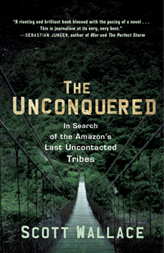
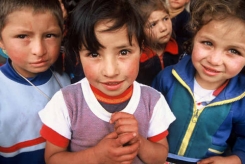
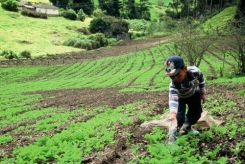
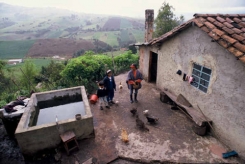
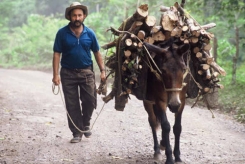
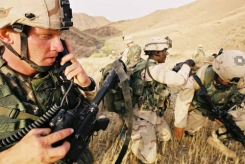
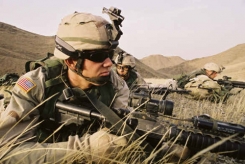
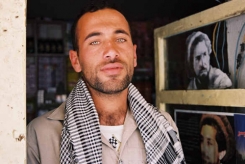
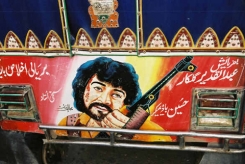
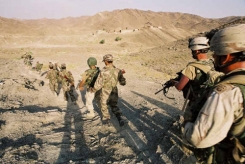
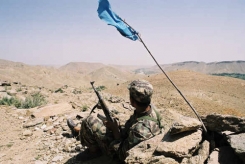

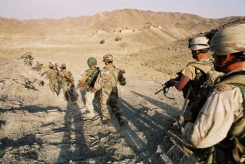

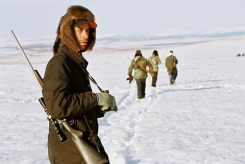
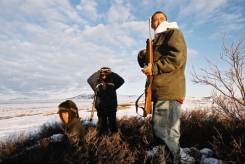
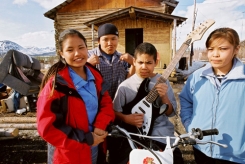
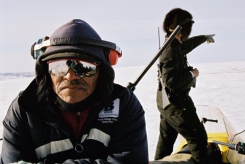
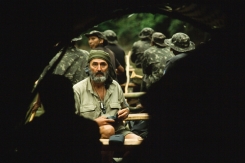
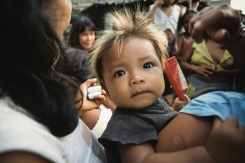
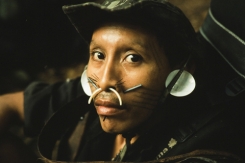
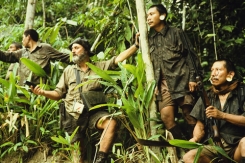
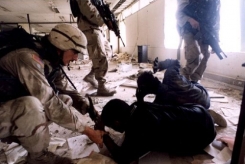
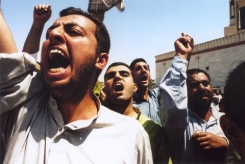
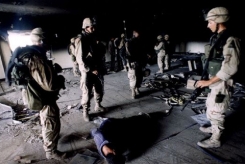
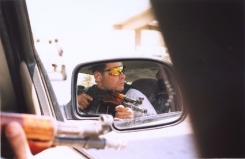
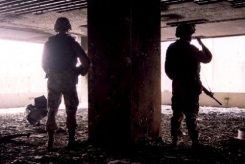
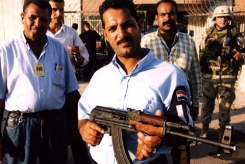


Why Would Isolated Tribe Kill Its Point of Contact with the Outside World? | Scott Wallace – just great!
I personally think there is a knowlege to writing articles that only a few posses and frankly you have it , you genius;3
Thank you for writing and thanks for the compliment!
This write-up throws deep insights into the reasons behind ancient tribes turning volatile. Great article.
[…] http://scottwallace.com/isolated-tribesmen-kill-point-contact-world/ […]